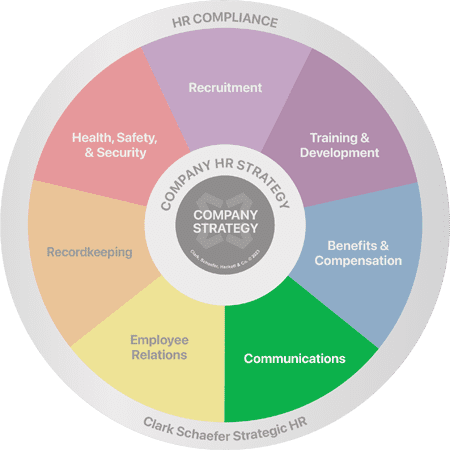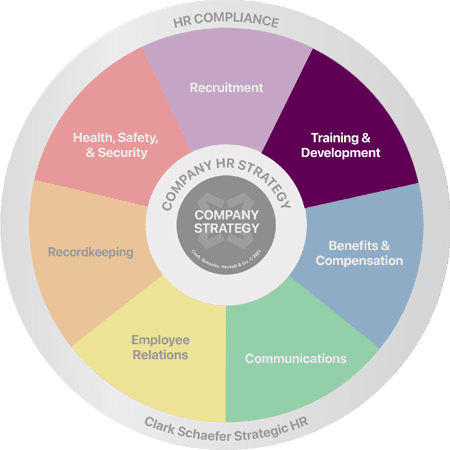Benefits of Using Employee Engagement Surveys
Last Updated on August 10, 2022 / Employee Relations
Question:
What is an employee engagement survey and why would our company need one?
Answer:
Employee engagement surveys are a great tool to have to help businesses get their employees involved and actively engaged in operations. Basically, it’s a survey that gives employees the opportunity to share their opinions on the business-related issues of their company to help improve business functionality. Surveys are often administered anonymously and cover topics such as operations, benefits, culture and satisfaction to name a few of the more common ones.
- The first step in conducting an employee survey is be sure the company is committed to taking action based on the input of the employees and to define what that action will be. Action may include telling employees their recommendations cannot be implemented because of certain factors (i.e. cost, time, resources). Responses will need to be sincere and honest and might include ways for employees to overcome any obstacles presented.
- The next step is to plan and construct the survey. There are many online tools and resources to help you create and administer an employee survey. Decide if you will want to have recipients answer questions anonymously. You’ll likely get a larger number of responses and higher quality input by allowing respondents to provide anonymous responses. Using a third party administrator or a highly trusted staff member can be critical to “selling” the anonymity of the survey. If promising secrecy, but sure the survey is conducted with the utmost of confidentiality and explain that in detail to participants.
- Finally determine a plan of action for your line of questioning. What are some trouble-spots in your company that you would like to explore and learn more about? Are you having high turnover? An increase in safety problems? Is productivity down or customer complaints up? Or are you trying to get a read on the pulse of your company and it’s culture? Pick the areas you can tackle and target questions that will help you get the information you need to move forward. Don’t tackle too much in one survey or you will lose employee interest and patience. Your questions can be canned or customized to your situation, long or short, choice-based or open-ended. If this is your first survey, we find even the basic questions can be helpful
- What do you like most about our organization?
- Why do you come to work every day here rather than for another company?
- What would you like to see improved at our organization?
- Would you recommend our organization to a friend as a good place to work? Why or why not?
Once the survey document is complete it’s time to administer the questionnaire. Some great online solutions include SurveyMethods and SurveyMonkey. Both offer various service levels of membership from free to paid access depending on the features you need for your survey. Both allow you to trial these tools to determine what level you need and to see the reporting features provided.
The survey results should help you make improvements and focus on strengths in your organization. You’ll find the feedback from employees will help with developing communications, recruiting techniques, benefits, and more. Employees who operate in the day-to-day of the business tend to have practical suggestions that may not be “huge” or “costly” to implement but can make a big impact. Overall outcomes can include increased safety, productivity, quality, profitability, lower turnover, and higher levels of customer satisfaction. Not to mention that by simply asking employees for their opinions it can heighten their engagement and give them a sense of satisfaction and worth. You’ll see even more value as you repeat the employee survey year after year to assess the improvements.
Has your organization become stagnant? Are you experiencing unusual turnover or employee discontent? Often the simple answer is to simply ASK your employees “what’s going on?” Strategic HR has worked with many organizations, of all sizes and in various industries, to help diagnosis engagement problems and determine the appropriate course of action. Whether it’s an employee survey, focus group, or face-to-face interviews, Strategic HR is your neutral third party solution for finding answers to your questions. Contact us today to find out how we can help you with your particular situation.






